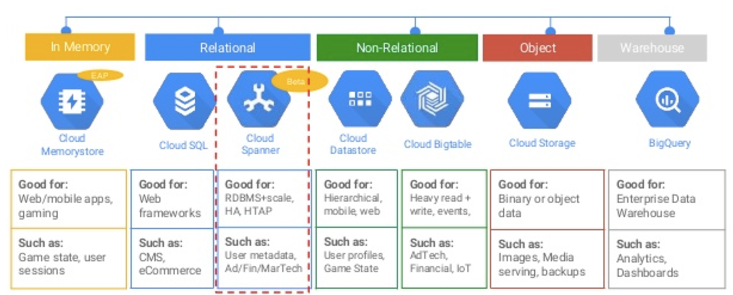Focus of next update of Windows 10:
- Modern Application Experiences
- Intelligent Edge & Windows AI Platform
- Windows Internet of Things
Desktop Bridge: Win32 + UWP
WebView control: Edge instead of IE 11; open source;
running in a separate process, more robust, WebRTC
for WinForms, WPF and UWP
"Containers for (Windows) apps" : .MSIX = .appx + .MSI
(for all Win32, WinForms, WPF, UWP apps)
open sourced MSIX format
Microsoft/msix-packaging: MSIX Packaging SDK @ GitHub
"Advanced Installer" tool, VS integration
Three things you need to know about Windows Developer Day - Windows Developer BlogWindows Developer Blog
Windows 10’s next major update will include Windows ML, a new AI platform - The Verge
"(New AI platform) Windows ML will enable developers to create more powerful apps for consumers running Windows 10. Developers will be able to import existing learning models from different AI platforms and run them locally on PCs and devices running Windows 10"/cdn.vox-cdn.com/uploads/chorus_asset/file/10377607/ecbwQXc.png)
(for all Win32, WinForms, WPF, UWP apps)
open sourced MSIX format
Microsoft/msix-packaging: MSIX Packaging SDK @ GitHub
"Advanced Installer" tool, VS integration
Three things you need to know about Windows Developer Day - Windows Developer BlogWindows Developer Blog
Windows 10’s next major update will include Windows ML, a new AI platform - The Verge
"(New AI platform) Windows ML will enable developers to create more powerful apps for consumers running Windows 10. Developers will be able to import existing learning models from different AI platforms and run them locally on PCs and devices running Windows 10"
/cdn.vox-cdn.com/uploads/chorus_asset/file/10377607/ecbwQXc.png)
